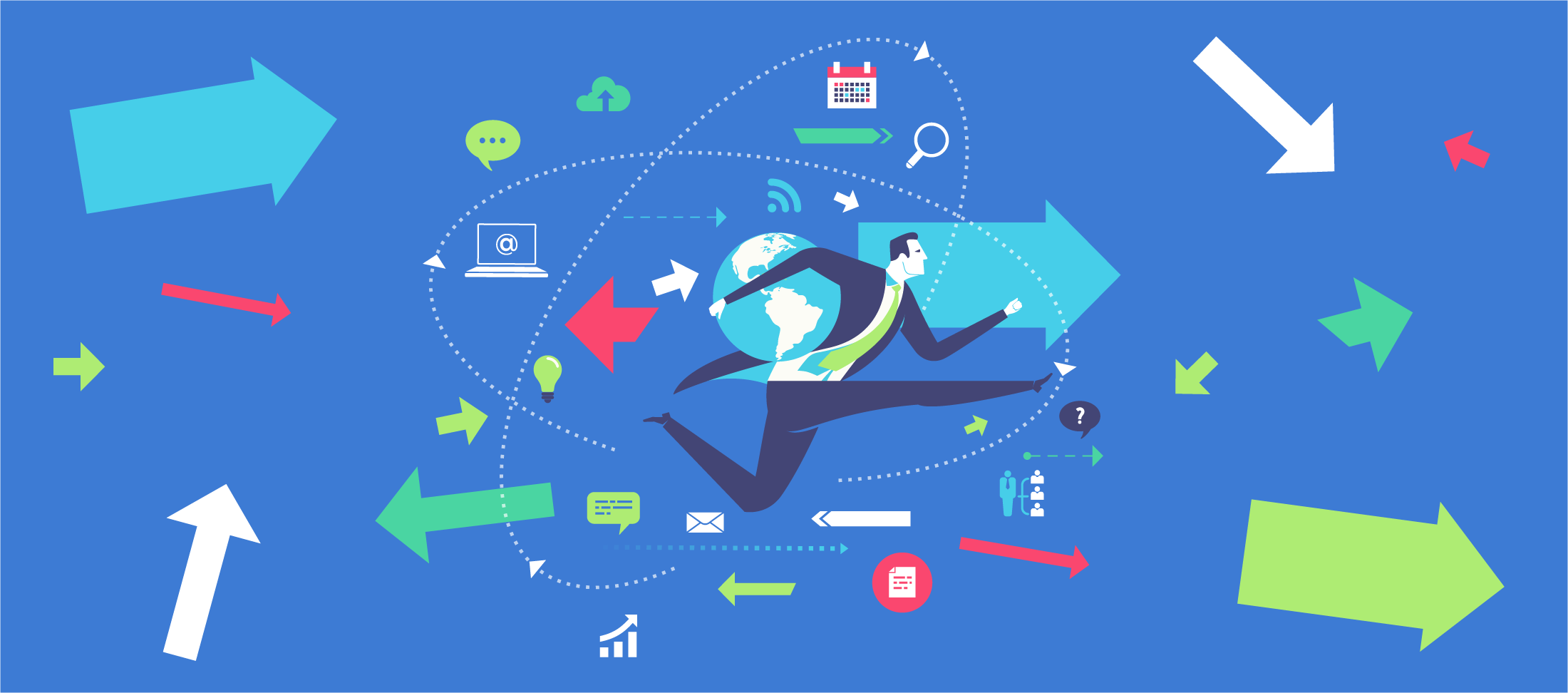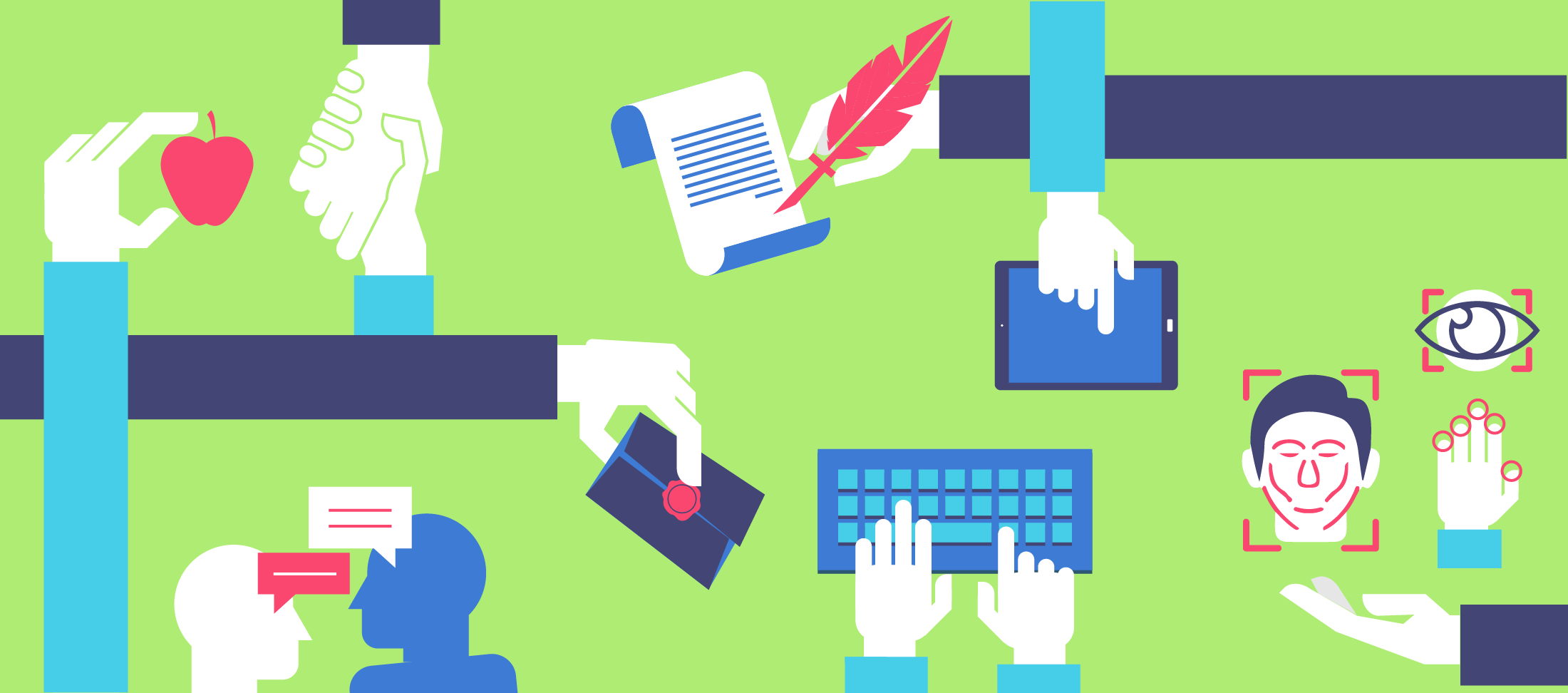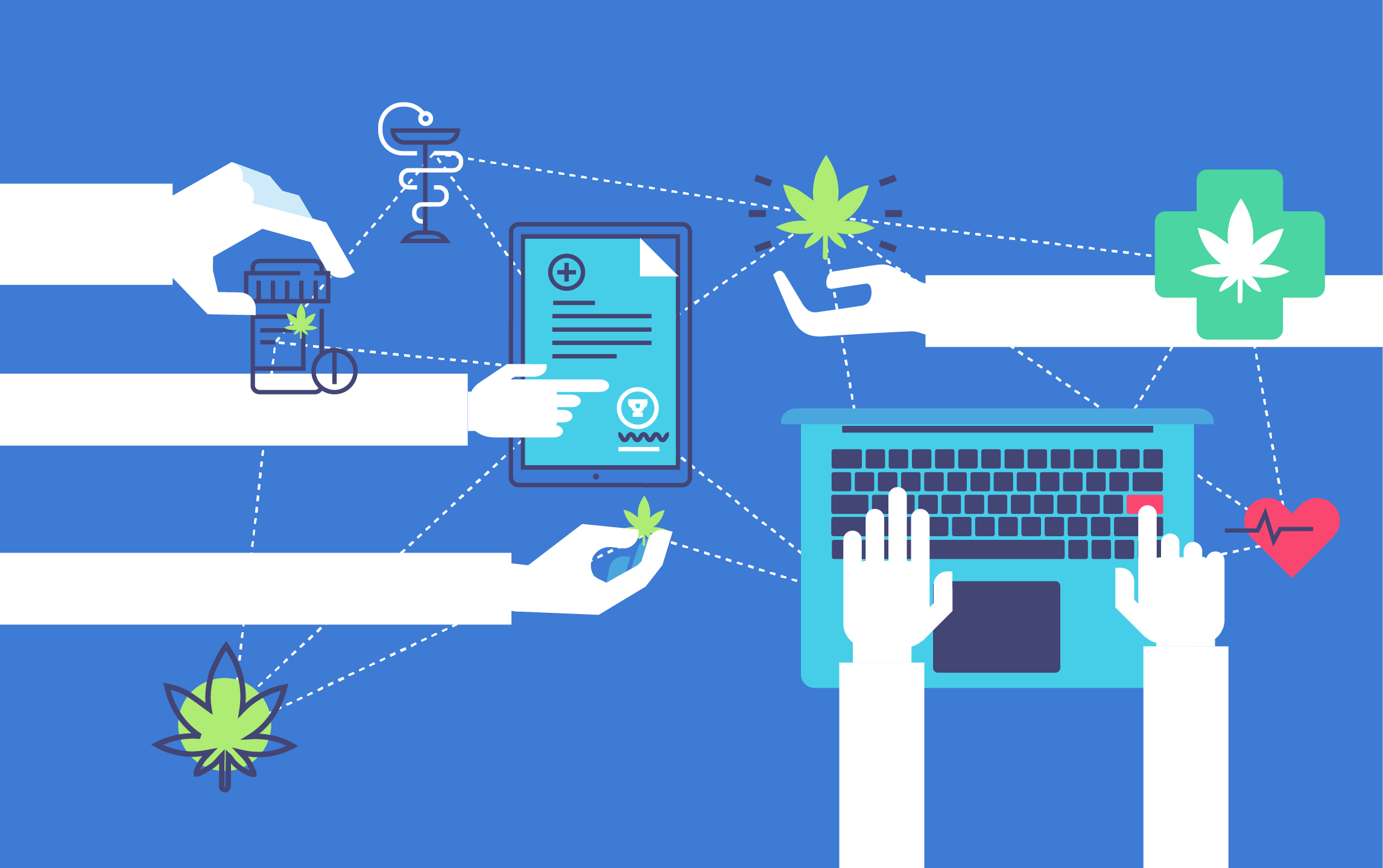This time of year isn’t just crazy-hectic for those who celebrate the holidays. For the majority of businesses — even the one that are heavily automated — Dec 31st marks the end of the fiscal year. So even if they’re not partaking in the festivities, surely they’re feeling the pressure to wrap up it all up neatly, so none of the backlogs spill over into the next year.
I am by no means, lazy. A procrastinator, occasionally.
But when I first started my business, I had this bad habit of waiting until the last minute to take action. This was partially because I had complete faith in my hiring skills. I desperately wanted to believe that I could trust everyone I had handpicked to be on my team to deliver consistently on time. But I would always find myself poking in just before a deadline to see if the work was done. The majority of the time, it wasn’t.
I thought I was a pretty good boss. I had a great team. However, there was something seriously wrong with our business processes. And until we could figure out what it was, I decided to be that obnoxious boss who sat squarely on my staff’s shoulders peering into everything they did. And it seemed my team didn’t mind me monitoring them because it meant they didn’t carry the burden of monitoring themselves.
But about a year ago, the flurry of the holidays started to overwhelm me. I was missing out on more and more at home, with my family and holiday festivities. When I first started my business, I had promised that a time would come that I would enjoy an actual personal life and yet here the holidays were, and I was still unsure about going on the out-of-town trip we had already booked and had planned for months.
I started to realize that I had to loosen my grip on the reigns.
I knew 2 things at this point; first that I had to start small and second, I didn’t want to hire a personal assistant; not yet anyway. I figured that the best way to go about this was by looking at the aspects of my life that I could automate.
Automation in my personal life
So I started with my bills. For both my home and business, I decided to finally let my computer do some of the work for me and have my bills pay themselves. My main bank account had a sub-savings account which automatically paid for all my invoices. I no longer had to put time aside every time a statement came in. Now, I just needed to monitor my account every 2 weeks or so rather than manually pay a bill every time one was due.
As I started to feel this renewed sense of freedom, I realized that giving up control actually made me feel more in control.
Soon, I discovered other ways I could automate my life and just in time for the holidays. Did you know that you can automate things like shopping on a schedule to buying groceries? From all these great breakthroughs on how to automate my personal life came the realization that automating my business was the next step.
Why automating my life and business was so important
Work-life balance seems like a myth. But I have found that all myths are born from legend, and somewhere out there is someone who has discovered how to finely tune all the elements of their life into one seemingly perfect mechanism.
We’re talking someone who wakes up and has time to take a few moments to meditate, recite their intentions or speak to their higher power. Then proceeds to a routine that involves a shower — that isn’t rushed — and an actual breakfast — that wasn’t last night’s cold leftovers nuked in the microwave. This person gets to work on time, with a moment to spare to have a cup of coffee and engage in small talk with colleagues before settling into a productive day of real work.
This legend finished up their work day on the dot, because they executed all their tasks so efficiently. There is no need to go overtime thus impressing the boss with their stellar time-management skills. They don’t cost the company more money because of their inadequacy to get things done within the reasonable time allotted.
I think about this person who after work now has the freedom to do anything. They could be headed to after-work drinks with colleagues or friends. They could be headed to the gym to workout, go for a swim, or a yoga session. Maybe they’re headed home to help their kids with homework. Or perhaps they are even taking evening classes.
The point is, after work, they are actually living their lives.
Why Work-Life-Balance starts with Work
Those of us who think this life is unachievable simply haven’t grasped what makes it possible. Simply put, it’s a routine. It’s also about the bigger picture and us not seeing the details that went into that seemingly perfect day unfold.
This work-life-balance legend of a person may appear to us like a fully-automated robot, but in fact, they are probably happier than us tenfold as they go through their days and still have adequate time to be with the ones they love and do the things they want to.
Here’s a real myth – perfection. It’s people who have discovered work-life balance that know that perfection is unrealistic and have long let go of desperate desire to attain it.
Do you suppose that the only thing automated about this picture is that those who have found the balance between work and life are the ones who utilize automation in their routines, particularly in the way they work?
For most of us, the reason we can’t reach that work-life balance is that work weighs us down to the point that we cannot tip ourselves centered. But for organizations whose cultures have steered towards a work-life balanced environment, they have discovered that eradicating all the tedious processes and substituting them with automated processes has result in wasted time and frustration — which is the key to making the most of their workforce.
People who enjoy a balanced work-life are probably those who belong to organizations who value their skills and have discovered that automating processes doesn’t necessarily diminish that human element but rather, complements it.
Automation: introduction and implementation
So, I decided to put my theory to the test and find ways to integrate automation in the everyday operations of my business. I started with automating the easiest processes first, particularly the ones that were most prone to human error.
A company who is on the verge of going fully automated doesn’t need to go big right away. They can evolve at their own pace and automate the easier processes first. This allows their employees to adapt as the organization starts to make the shift, allowing the organization to eventually embrace the changes and feel less that it threatens their jobs.
Organizations today are inspired by the leaders and innovators who have taken automation for their companies to the next level. You’ll hear about companies who have been voted as “The Best Place To Work” and wonder “why?”. Sure, there’s probably free food constantly, flexible scheduling, and enormous nap rooms. But really, it’s these companies that looked at their people and wanted to not only make their work easier, but also wanted to improve the quality of their lives thus keeping them for longer.
We as an organization started to define our processes and began determining which steps could be automated. Sure, our never-ending email exchanges, sticky notes, and countless trips to the water cooler were all fun ways for us to pass information along but it was horrible for business. It was time wasted and susceptible to error, miscommunication, and misunderstanding.
Because of the nature of our product, we were already running a paperless business (read more on how to make your business paperless on this post), but we still needed to automate digital workflows. This led us to find an automation partners. They helped us automate our workflows starting with the way we communicated with each other. Workflows were streamlined and accessible on visual dashboards. Every person on my team could monitor their own progress and even keep records of it for future use in presentations. Productivity was at its highest as no one was no longer asking who was doing what and if they were in fact, doing it. We were minimizing costs because of the significant decrease in human, manual errors.
Soon, I could see the transformation of my business. Not only were our processes more defined and our strategies more successful resulting in an increase in sales, but my people were happier overall. They had more time to get their work done on time and more importantly, done right. No one was charging me extra for overtime! They were no longer dragging their feet into work in the morning and dragging them out the door every night. My team was living proof that there could be balance in work and life.
So while we think that the person who encapsulates work-life-balance is a living legend, perhaps we should also give the companies they work for a huge chunk of the credit.
Looking to go Digital? Sign-up now and get a 14-day free trial to a Signority eSignature Plan.




